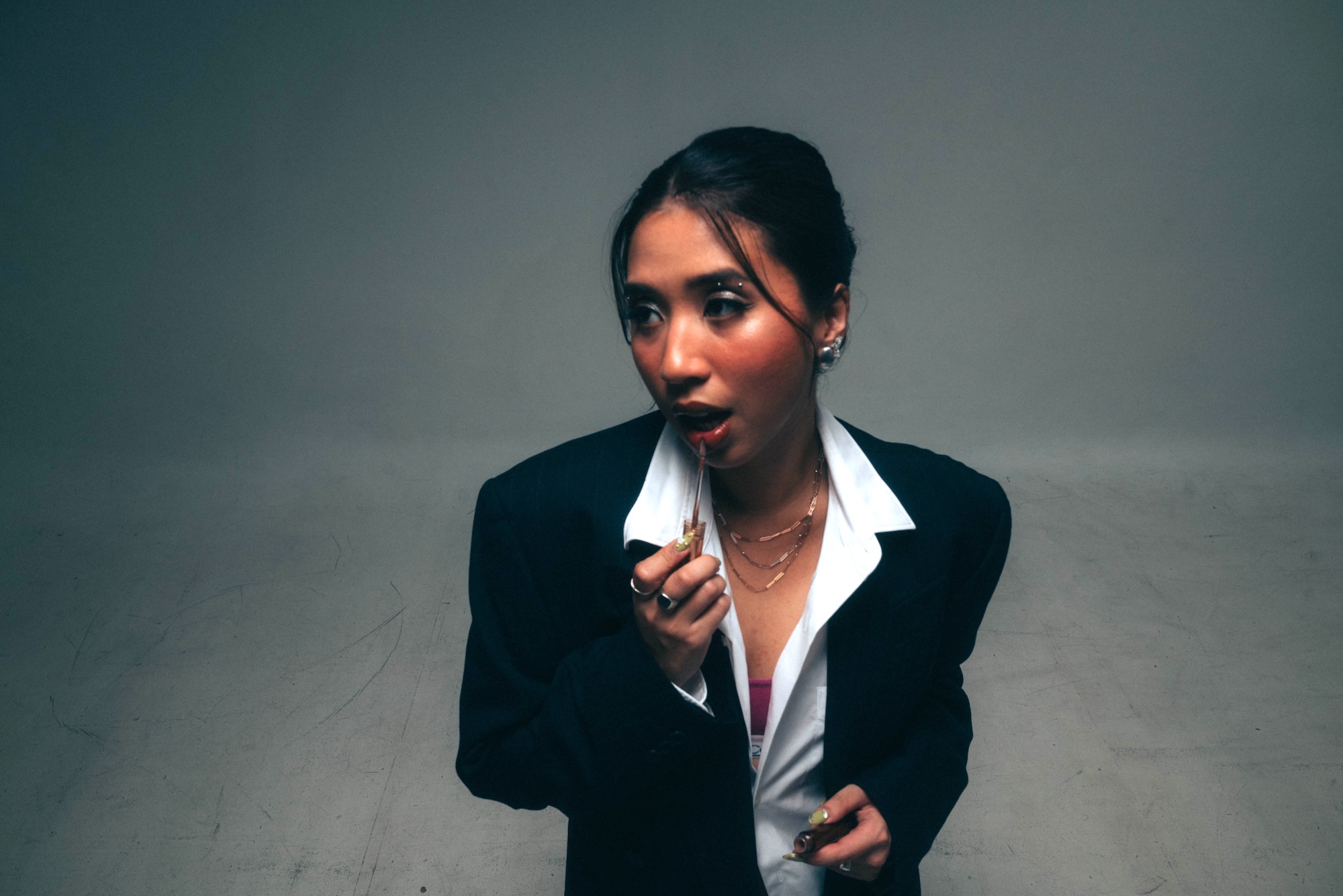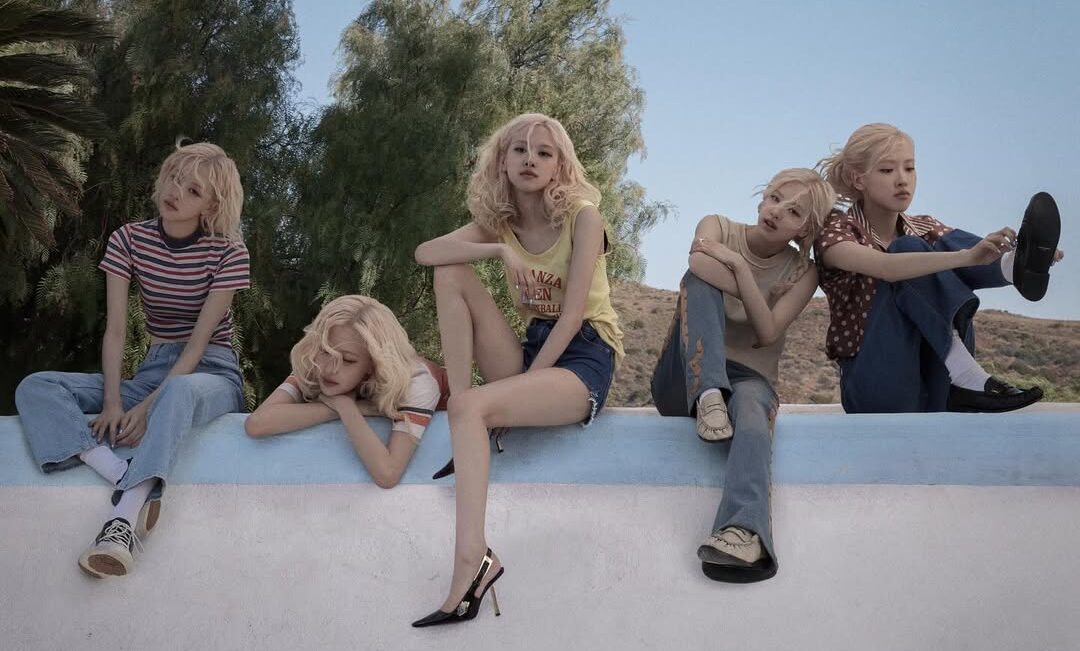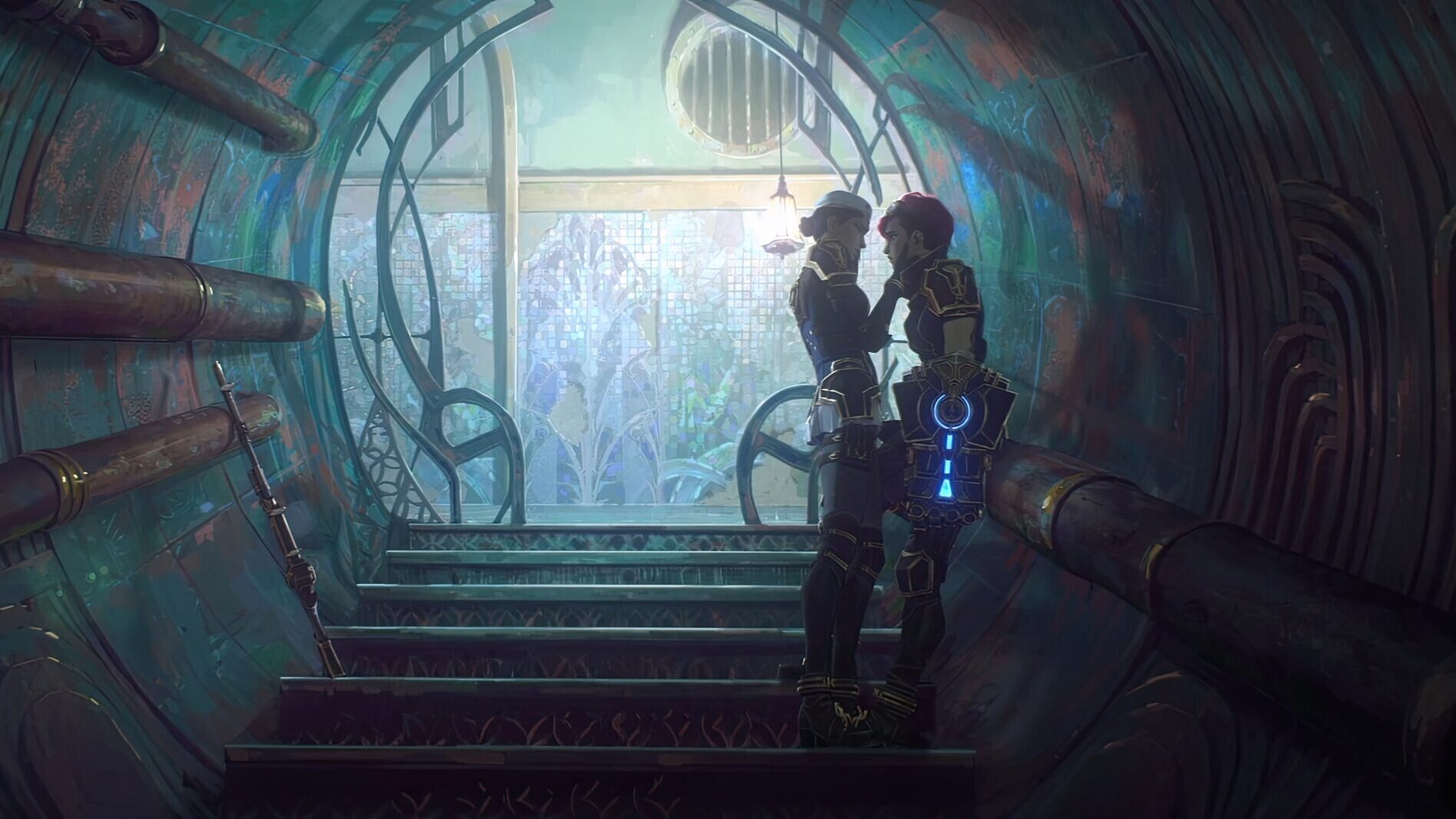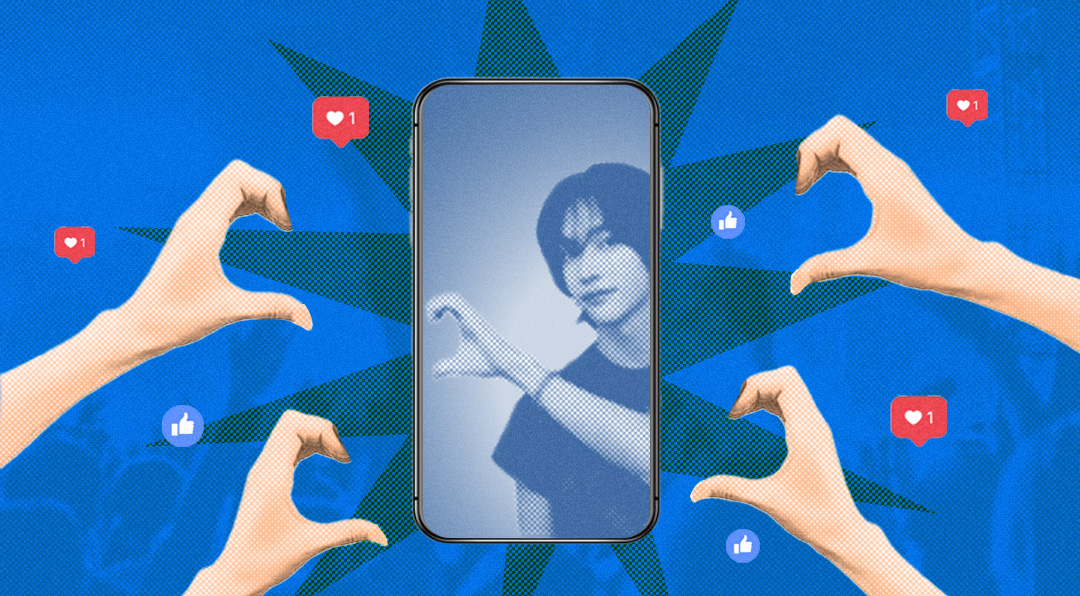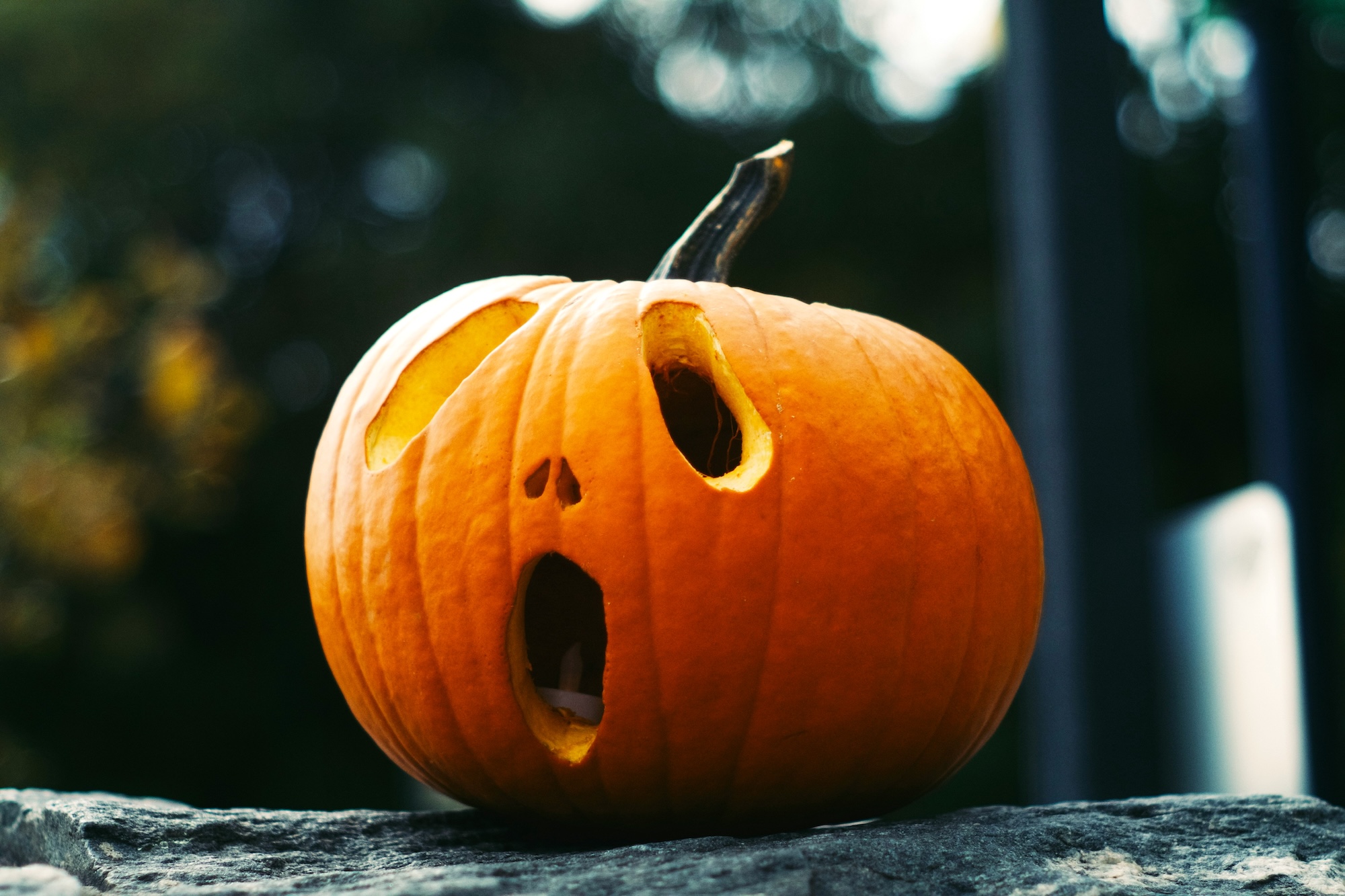There’s a certain magic associated with thrift shopping that, for some reason, can’t be recreated by the monotony of boutiques and online stores.
Like the “Forrest Gump” quote in action, your box of chocolates is racks on racks of clothes. In this scenario, it could conclude in the best deal, or something that leaves much to be desired. If you end up with the former, then congrats. But if you find yourself receiving the short end of the thrifting stick, you might need to leave room for some experimentation—which, if done well, might just be the better option in hindsight.
Take for example Karma Collective, a passion project of Parañaque-based artist and curator Erik Saguiped, otherwise known as Erv. Aside from being a full-time buyer at The Vintage Junkie Manila and a shop owner at Diliman’s Community Flea Market, he has spearheaded Karma Collective for five years, a project that repurposes fabrics and textiles to rework it to new pieces.
According to Erv, it all began when he wanted to fuse his love for thrifting with a need to find clothes that were more unique, especially in a scene saturated with trends and standard streetwear. “Everyone was almost into the same thing. My interest in creating garments was fueled by it,” Erv tells us. “At first, my objective was just to be different, unique, and somehow weird. Until that vision changed and transitioned to being more sustainable and personal by recreating pieces that resonated with me the most.”
Karma’s collection includes eclectic, collage-like pieces that take influences from pop culture down to streetwear itself. It’s seen in the little homages to childhood icons like Goku, boom-bap rappers of ’90s past, or Kanye West’s debut record “The College Dropout,” now sewn onto letterman jackets. In Erv’s words, they were “nostalgic and familiar, yet different at the same time.”
In this week’s Seen on Scout, we had a quick chat with the Karma Collective founder to talk about his busy workstation, the origins of “Karma,” and sustainable streetwear’s current—and future—status.
First things first, we gotta ask: Why “Karma”?
Karma is a belief that whatever you do will come back to you, either in this life or the next. I always believed in that concept. So I applied it in how I create my projects. With so many thrifted garments, wasted fabric, and textiles, I try to give it a second life and use it for something that I or my clients can enjoy.
Plus, my mom always uses this line to me: “O, di maganda ’yan, kakarmahin ka (That isn’t good, karma will get back at you).” I always questioned why karma has to always be associated with something negative. I wanted it to be viewed in a positive light. Even if a garment has been discarded or wasted, with the right project, it can still be used.
Take us on a tour of your workstation. What’s your process like?
I have a sketch pad, my phone, plastic crates of my fabric scraps (garments I thrifted mainly for materials, or pieces that are not my size), needles, pins, scissors, measuring tapes, and a bunch of patterns. I work with local craftspeople—like tailors and embroiderers—so the sewing and embroidery machines are theirs.
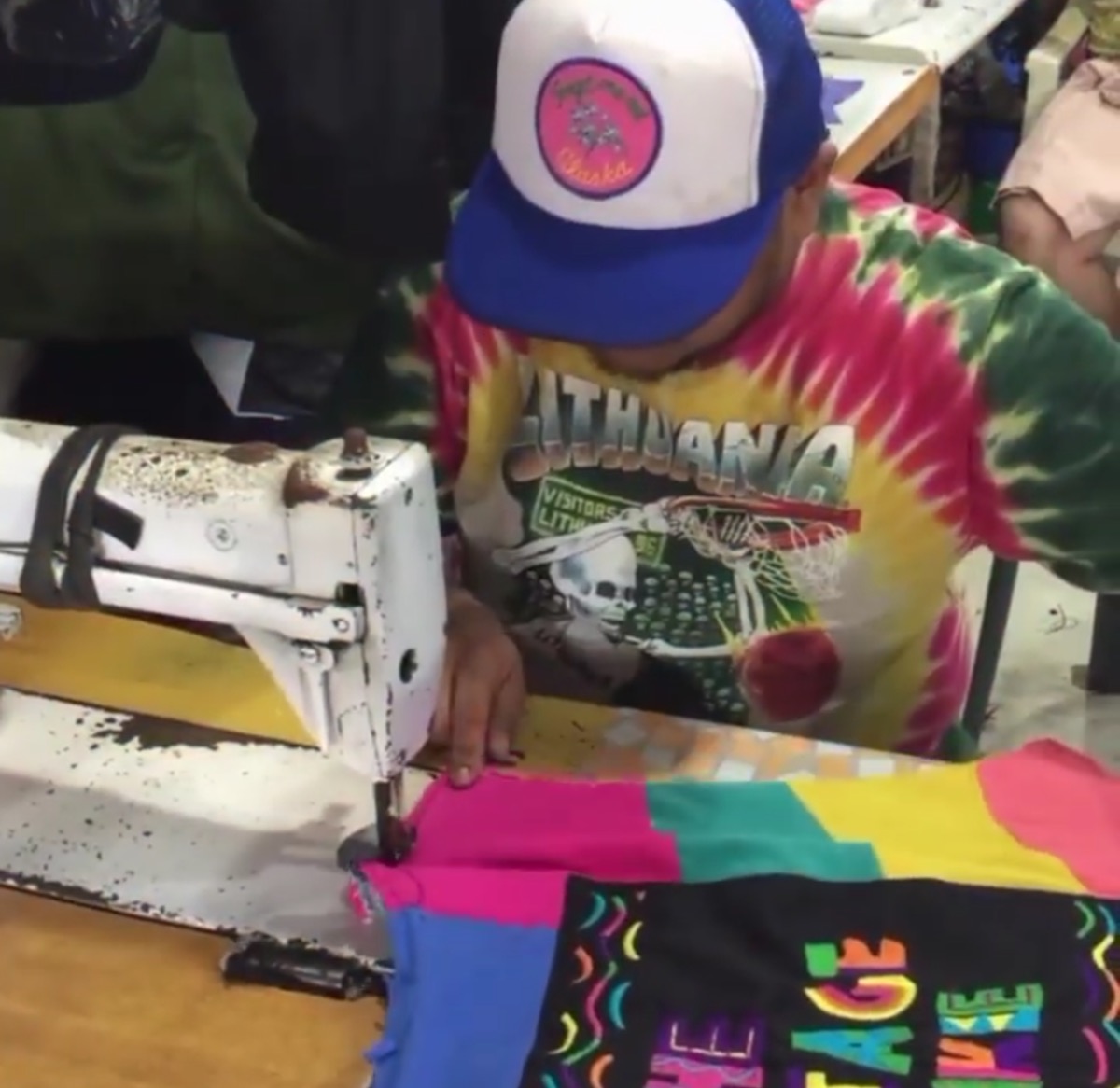
Inspiration comes to me randomly. Once an idea clicks in my head, I won’t stop thinking about it. Normally, I write it down and revisit it once I have the time to think. Then, I have a series of questions that I ask myself before I start working on it:
- Do I have the right fabrics for this project?
- Is there an existing piece that is the same as what I want to create?
- Is it practical to make?
- Is it merely a display piece or is it something that I or someone can wear?
- Will it age well in my curation or closet?
Whether people appreciate it or find it weird, as long as I’ve expressed myself fully, then that’s what matters.
In the future, sustainability in fashion is something that we will no longer talk about, it will just be a given.
Can you tell us about your first creation? What about the one you consider your best work?
The first creation that I made under Karma is a Katipunan letterman jacket. It’s a simple silhouette with big patches and embroidery. But the piece that made me realize that we aren’t bound with limitations in repurposing fabrics would be the “Beach Towel” sneakers I created, which I made with a bunch of used towels and jacket scraps sewn on an old pair of Nike Dunks.
I really can’t decide which my best work is. I tend to critique every piece I design and create. I’d probably go with the “Plakard” letterman jacket for The Vintage Junkie Manila, “The College Dropout” Kanye West letterman jacket, “Human Made,” “Earth Day,” and “Maurits, Pablo, Keith et al.”
Where do you draw inspiration?
Before, I usually go to thrift shops to find clothes I can resell or pieces that hold value, but now, I go to thrift shops and surplus shops that sell discarded fabrics to find materials that I can salvage or use.
I consider going to these places as my therapy or where I draw inspiration. I try to check design pages and people in the same field. Sometimes, I just skim through the stuff that we are not able to sell in our shop, items that have been sitting there for a long time, and try to imagine what I can do with it. That idea of designing something from your thoughts and creating it to be this actual product that I can wear out of discarded fabrics inspires me to do a lot more.
Where do you see the local fashion scene going? Do you think sustainable fashion—especially locally—is in it for the long run?
Nowadays, people are more conscious of what’s happening. We are more experimental and more open to the idea of seeing something different. This pushed the scene locally to a level that there is more appreciation.
Especially when it comes to sustainable fashion, people embraced the idea of it. From thrifting, enjoying hand-me-down garments, repurposing old garments, people are now imaginative and making conscious choices. Not buying less, but buying smarter.
The thought of being part of the solution while enjoying fashion sparks that interest to continue with this. Sustainable fashion brings a whole lot more, and it is here to stay. In the future, sustainability in fashion is something that we will no longer talk about, it will just be a given.
Finally, what’s one word you’d want people to associate with Karma Collective as a lasting impression?
Imaginative or playful. Any of these two.
Read more:
This 24-year-old visual artist’s canvas is your ukay haul
This young Cebuano designer is Filipino sustainable fashion’s future
These Filipino pop culture bootleg toys are for grown-up kids like you
Photos courtesy of Karma Collective











